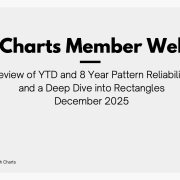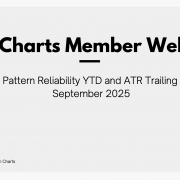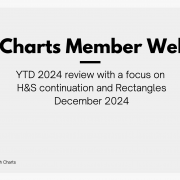BREAKOUT ROOM March 10, 2025 - LIVE MEETING, CHARTS Q&A (Recording)
Meeting Outline
- Q&A on charts of your interest
Tech Charts Members,
This is our first Breakout Room meeting to discuss chart of your interest. I will share my screen and will pull up chart of your request and review patterns and opportunities from the perspective of classical charting principles. Let's give it a try and if we find it useful we will make it a recurring event. Meeting will be recorded and posted on member website.
Read More







